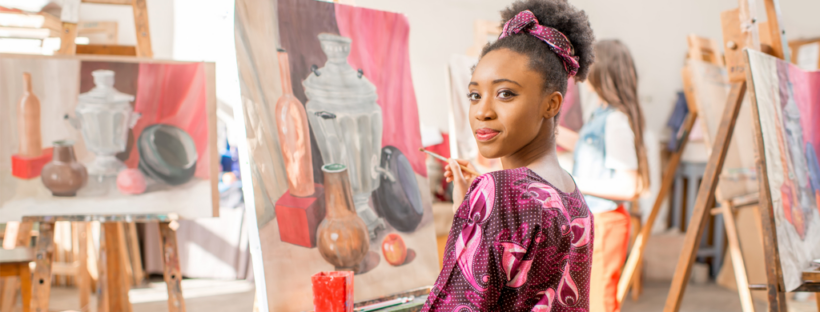Building Confidence by Fostering Student Talents

Early on in my teaching career, I remember being frustrated by a disengaged, somewhat recalcitrant student. I was talking to a few colleagues about my frustration and the art teacher said: “Come with me.” She brought me to the art room and showed me the extraordinary work that the student was doing in her class. I was amazed. It occurred to me that the student was clearly gifted as an artist and probably not so interested in my class. The art teacher told me that this girl was a leader in her class. I began to reflect on how I viewed that student and changed my approach with her and other students with whom I struggled. I found ways to leverage their strengths instead of trying to get them to conform to my narrow view of success. What a difference that made — to them and to me. They gained much more confidence in my class because of my new perspective. That one brief trip to the art room changed me as a teacher.
Whenever a teacher is struggling with a student in a class, I always encourage them to find out where that student excels. It might be in the art room, on the stage, on the ball field, or on the debate team. It is so important for us to recognize the breadth of opportunities for girls to demonstrate leadership. Sometimes we can get too confined in our thinking about what leadership “is” and we look for it in too few places. Once we find that area of strength, we can capitalize on it and make room for a student’s self-concept and confidence to really grow.
Research supports that girls’ schools provide an “institutional and classroom climate in which female students can express themselves freely and frequently and develop higher order thinking skills.” Girls’ schools also provide inspirational environments where girls feel comfortable taking risks.
In light of this data, this fall we launched a new program at Oak Knoll for our middle school girls. The program, called EmpowHer, is based on the content of the book, The Confidence Code, by Claire Shipman and Katty Kay. The first four days of school, instead of following their typical schedule and going to their academic classes, the girls engaged in a series of team-building exercises in addition to specially designed classes that were focused on taking risks, experiencing failure, recovering from that failure, and taking another risk. The girls also learned conflict resolution skills, and how to practice effective communication.
Most importantly, however, the girls got to see one another excelling in whatever area of strength they had. For some it was in a classroom setting, for others it was during a performance, and for others it was during a problem-solving activity. They learned to respect their differences, recognizing that no one person is going to be the leader in all situations, and that we must rely on one another’s strengths for the greatest overall success of the group. The girls gained confidence in stepping up when they knew they could be a leader, and they got comfortable with not always having all the answers.
When in doubt, as an educator and a parent, I’ve found it helpful to remember this quote if I feel like I am not getting through to my child or to a student: “Everyone is a genius. But if you judge a fish by its ability to climb a tree, it will live its whole life believing that it is stupid.” As educators, it’s our job to encourage learning in a variety of different ways and to see each girl as an individual with her own special talents. Sometimes the first step in shifting that perspective is as simple as taking a walk to the art room.
Jennifer G. Landis, Head of School, Oak Knoll School of the Holy Child